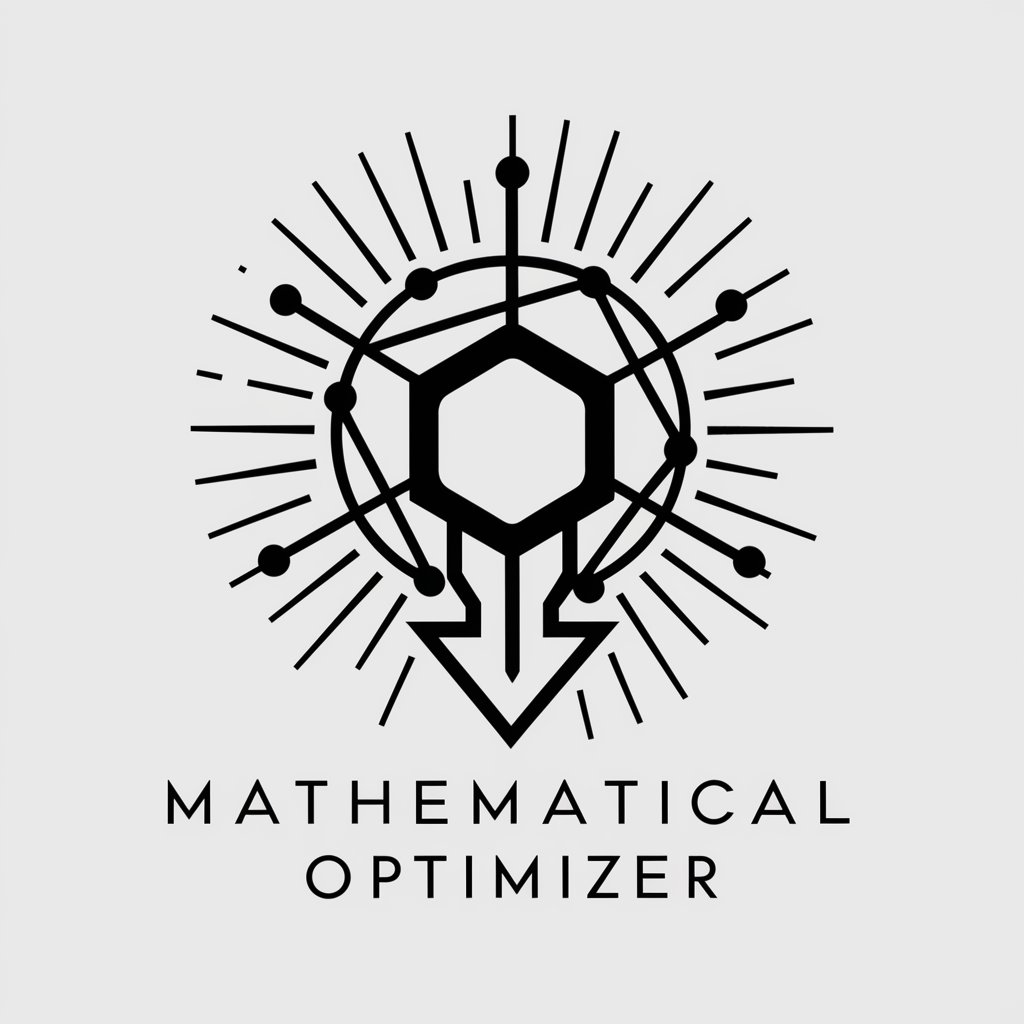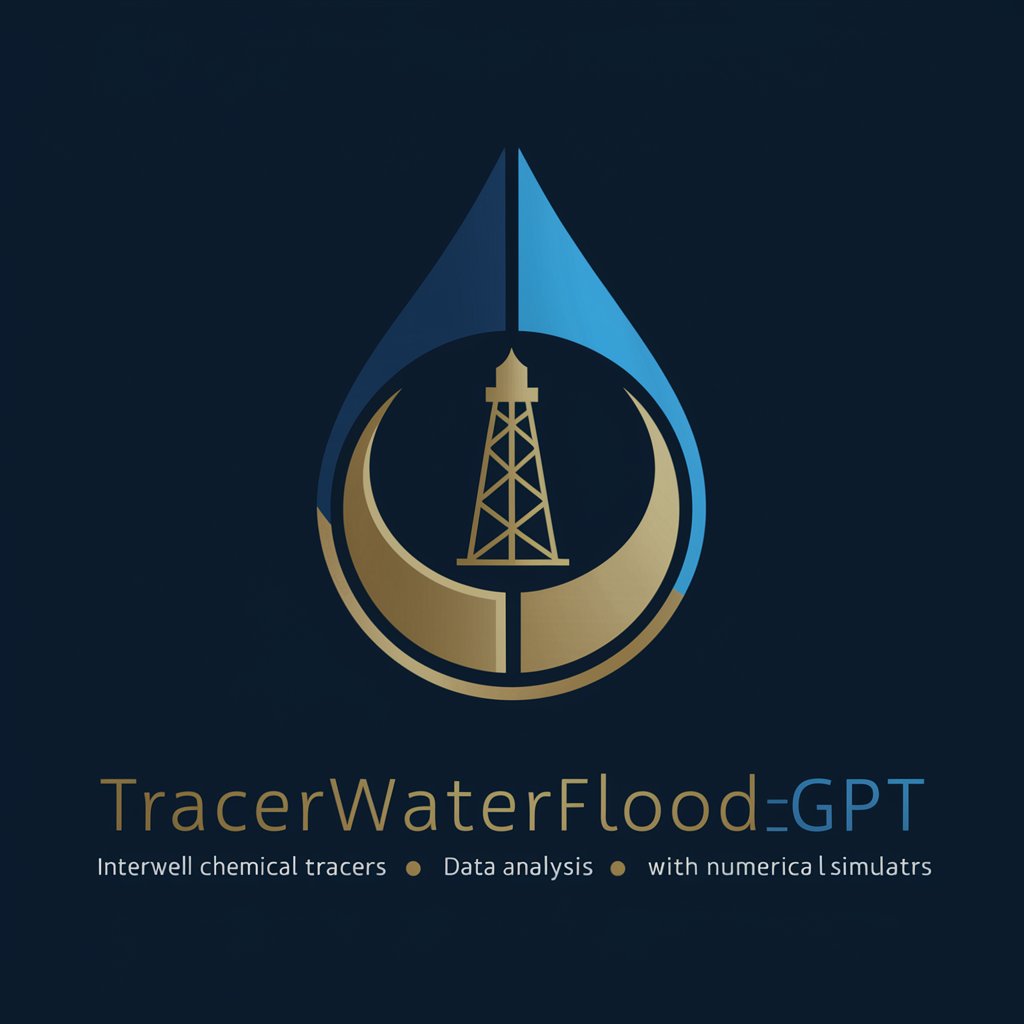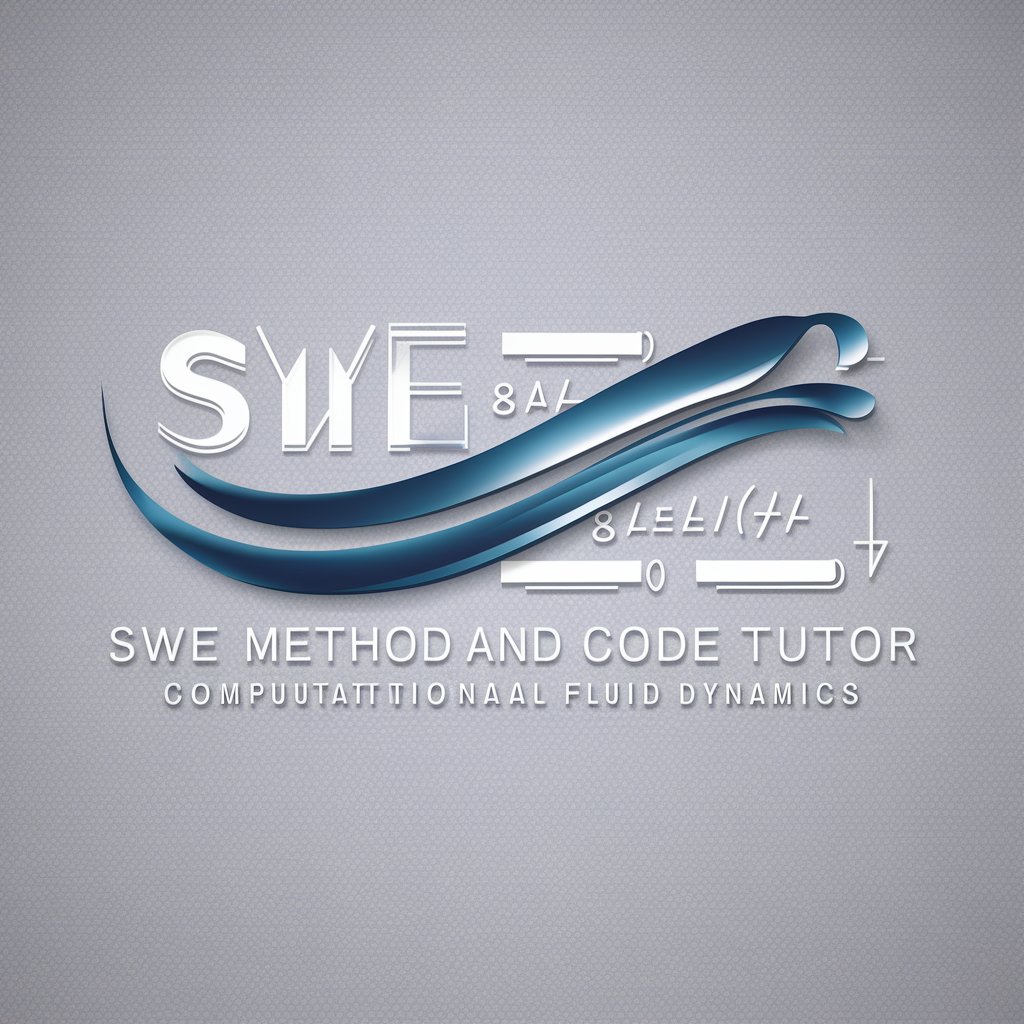9 GPTs for Fluid Dynamics Powered by AI for Free of 2025
AI GPTs for Fluid Dynamics are advanced computational tools powered by Generative Pre-trained Transformers (GPTs), designed to tackle various tasks within the fluid dynamics domain. These AI models leverage vast amounts of data and sophisticated algorithms to simulate, analyze, and predict fluid flow behaviors across different environments and applications. From academic research to industrial applications, AI GPTs for Fluid Dynamics offer tailored solutions, enabling precise simulations, enhancing predictive accuracy, and fostering innovation in fluid dynamics studies.
Top 8 GPTs for Fluid Dynamics are: Ansys Engineering Simulation,Houdini r20 Master,CAE Simulation Expert-Ansys|Fluent|LS-DYNA|Abaqus,FEM SOLVER,PINNs and Optimization,TracerWaterflood_GPT v2,SWE Method and Code Tutor,SimuFlow Expert
Ansys Engineering Simulation
Empower design with AI-driven simulation

Houdini r20 Master
AI-Powered Houdini Guidance for Advanced Simulations

CAE Simulation Expert-Ansys|Fluent|LS-DYNA|Abaqus
Powering Engineering Insights with AI

FEM SOLVER
Powering Engineering Insights with AI

PINNs and Optimization
Optimize models with physics-informed learning.

TracerWaterflood_GPT v2
Optimize Waterflooding with AI-Powered Tracer Insights

SWE Method and Code Tutor
AI-driven fluid dynamics education and simulation

SimuFlow Expert
Empowering Microfluidics with AI

Key Attributes and Capabilities
AI GPTs for Fluid Dynamics are distinguished by their adaptability, ranging from basic to complex analyses within the discipline. They excel in language understanding, allowing them to interpret technical documentation and user queries accurately. Special features include technical support, web search functionalities, image generation for visualizing fluid dynamics concepts, and sophisticated data analysis tools. Their ability to learn from new data and improve over time makes them invaluable for ongoing research and application development.
Intended Users of AI GPTs in Fluid Dynamics
These tools cater to a wide audience, from novices seeking to understand fluid dynamics fundamentals to professionals and developers requiring advanced simulations and analyses. They offer user-friendly interfaces for those without coding skills, while also providing extensive customization options for users with programming expertise, making these tools versatile for education, research, and industry applications.
Try Our other AI GPTs tools for Free
Antidepressant Support
Explore how AI GPTs for Antidepressant Support can transform mental health care with personalized, AI-powered assistance and insights on antidepressants and mental wellness.
Mitochondrial Health
Explore AI GPTs for Mitochondrial Health: revolutionizing research and diagnostics with advanced AI tools designed to provide deep insights into mitochondrial functions and disorders.
Neuroprotection
Explore AI GPTs for Neuroprotection: Tailored AI solutions transforming neuroprotective research, education, and practice with advanced, user-friendly tools.
Dosage Adjustment
Explore AI GPTs for Dosage Adjustment - innovative tools transforming healthcare with accurate, personalized medication dosing. Enhance treatment outcomes with AI-driven precision.
Emotion Management
Discover how AI GPTs for Emotion Management redefine empathetic interactions, offering personalized support and emotional insight for enhanced well-being and customer service.
Loneliness Support
Discover how AI GPT tools for Loneliness Support can offer companionship and emotional assistance, utilizing advanced AI to create meaningful, personalized interactions.
Expanding Horizons with AI GPTs
AI GPTs for Fluid Dynamics represent a significant advancement in computational fluid dynamics, offering scalable solutions across sectors. They streamline the process of simulating complex fluid interactions, enabling more accurate predictions and innovative approaches to research and development. With user-friendly interfaces, these tools are making fluid dynamics more accessible to a broader audience, ensuring a wider impact.
Frequently Asked Questions
What are AI GPTs for Fluid Dynamics?
AI GPTs for Fluid Dynamics are specialized AI tools designed to simulate, analyze, and predict fluid flow behaviors, leveraging the capabilities of Generative Pre-trained Transformers.
Who can benefit from using these AI GPTs tools?
Students, educators, researchers, and industry professionals in the field of fluid dynamics can benefit from using these tools for a variety of simulation and analysis tasks.
Do I need programming skills to use these tools?
No, these tools are designed with user-friendly interfaces that require no programming skills for basic functions, though programming knowledge can unlock advanced features.
Can AI GPTs for Fluid Dynamics predict complex fluid behaviors?
Yes, these tools are capable of predicting complex fluid behaviors by analyzing vast datasets and continuously learning from new information.
How do AI GPTs adapt to new fluid dynamics challenges?
AI GPTs adapt through continuous learning from new data inputs, allowing them to stay updated with the latest research and industry practices.
Can these tools integrate with existing systems?
Yes, AI GPTs for Fluid Dynamics are designed to be flexible and can be integrated with existing systems or workflows to enhance their capabilities.
Are there customization options available for researchers?
Yes, researchers can customize these tools for specific projects, enabling detailed simulations and analyses tailored to their unique requirements.
What makes AI GPTs for Fluid Dynamics unique?
Their adaptability, precision in simulation and prediction, and the ability to interpret technical language and improve over time set them apart in the field of fluid dynamics.